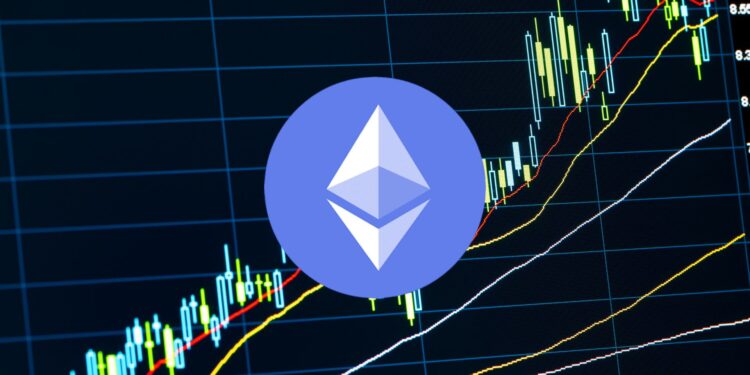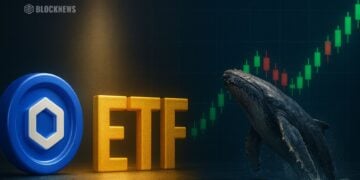- Ethereum is currently trading near $1,589, showing signs of instability after failing to hold above key resistance zones, with recent price action stuck between $1,500 and $1,600.
- Market sentiment is weak, driven by the SEC’s delay on the Ethereum staking ETF decision and whale sell-offs, which have added pressure to $ETH’s recent price slump.
- Despite the bearish mood, analysts see potential in a developing bullish Diamond pattern that could push Ethereum toward $2,000—if confirmed and supported by positive macro or regulatory shifts.
Ethereum
Ethereum ($ETH) is a decentralized blockchain platform that supports smart contracts and dApps. Launched in 2015 by Vitalik Buterin, Ethereum utilizes a Proof of Stake consensus mechanism and the EVM to power DeFi and NFTs.
Price Movements
Ethereum is trading around $1,589, with a market cap of $191.8 billion. The asset has experienced significant volatility—after reaching a high of $4,070, it recently dropped to a low near $1,400. This price action reflects continued difficulty in sustaining bullish momentum, with $ETH currently struggling to hold critical support levels.
Credit: CoinGecko
Price Predictions
After failing to break through resistance at the $1,650–$1,670 zone, $ETH has entered a consolidation phase between $1,500 and $1,600. Looking ahead, some analysts are pointing to a developing bullish Diamond pattern, which, if confirmed, could indicate a short-term rally toward the $2,000 level. However, for now, no major downside risk is anticipated.
Market Sentiment and Developments
Market sentiment surrounding Ethereum is currently at a low. A key factor contributing to this decline is the SEC’s recent decision to delay its ruling on an Ethereum staking ETF until June 2025, adding uncertainty to the regulatory outlook. In addition, whales have been off loading their positions, contributing further to the recent slump and cautious market behavior.
Future Outlook
Overall, while sentiment remains low in the short term, the broader outlook depends on a combination of technical confirmation, regulatory clarity, and shifts in macroeconomic conditions.














